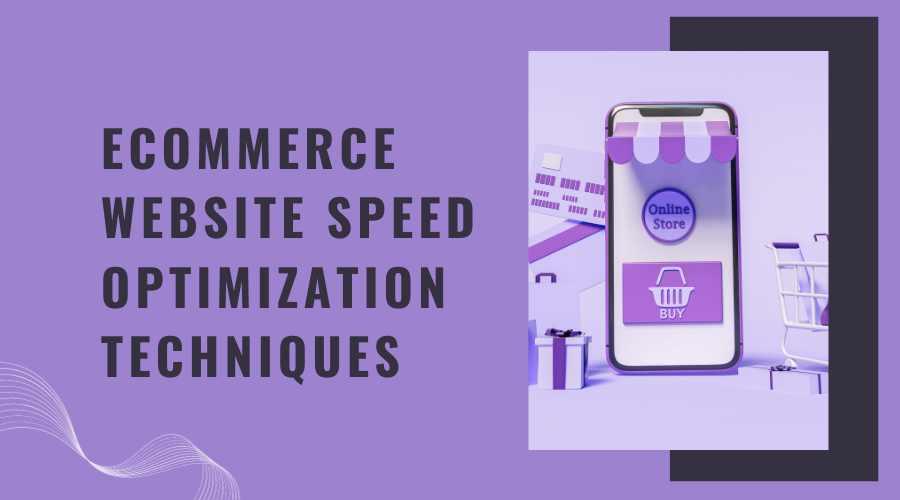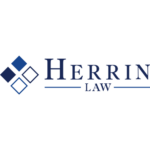In today’s fast-paced digital world, the speed at which your eCommerce website loads can make or break your online business. Slow-loading websites frustrate visitors, lead to higher bounce rates, and can even result in lost sales. It’s crucial to prioritize website speed optimization to stay competitive in the online marketplace. Implementing techniques such as image optimization, browser caching, and minimizing HTTP requests can significantly improve your website’s loading times. Additionally, choosing a reliable hosting provider and regularly monitoring your site’s performance are essential steps to ensure that your eCommerce platform runs seamlessly.
Ecommerce Web Design Dubai is an industry leader when it comes to creating lightning-fast and visually appealing online shopping platforms. Their expertise in web design and development extends to optimizing website performance, providing customers with a seamless shopping experience. If you’re operating an eCommerce business in Dubai or anywhere else, partnering with Ecommerce Web Design Dubai can give you a competitive edge by ensuring that your website not only looks great but also loads quickly and efficiently. With their experience and knowledge, they can help you enhance your online presence and drive more sales in today’s highly competitive digital landscape.
Why Website Speed Matters
Before we dive into the optimization techniques, let’s understand why website speed is so crucial for your eCommerce business.
1. User Experience
A fast-loading website provides a better user experience. When visitors can quickly access your site, they are more likely to stay, browse, and make purchases. Slow websites, on the other hand, can frustrate users, leading them to abandon their shopping carts and look elsewhere for what they need.
2. Search Engine Rankings
Search engines like Google consider website speed as a ranking factor. Faster websites tend to rank higher in search results, increasing your visibility to potential customers. Improved rankings can lead to more organic traffic and, ultimately, more sales.
3. Conversion Rates
The speed of your website directly impacts your conversion rates. Studies have shown that even a one-second delay in page load time can result in a significant drop in conversions. Faster websites convert more visitors into paying customers, boosting your revenue.
Now that we understand the importance of website speed, let’s explore some effective techniques to optimize it.
eCommerce Website Speed Optimization Techniques
1. Optimize Images
Images are a crucial part of an eCommerce website, but they can also be a major contributor to slow loading times. To optimize images:
a. Compress Images
Use image compression tools or plugins to reduce the file size of your images without sacrificing quality. Smaller image files load faster, improving your website’s speed.
b. Use the Right Image Format
Choose the appropriate image format for different types of images. JPEG is ideal for photographs, while PNG is better for images with transparency.
c. Implement Lazy Loading
Lazy loading delays the loading of off-screen images until the user scrolls to them. This technique reduces initial page load times and improves perceived speed.
2. Minimize HTTP Requests
Every element on a webpage, including images, scripts, and stylesheets, generates HTTP requests. The more requests your website makes, the longer it takes to load. To minimize HTTP requests:
a. Combine Files
Merge multiple CSS and JavaScript files into one. This reduces the number of requests needed to load your website.
b. Use Browser Caching
Enable browser caching to store static files on a user’s device. This allows returning visitors to load your site more quickly since their browsers can retrieve cached files instead of downloading them again.
3. Optimize Code
Clean and efficient code can significantly improve your website’s speed. Consider the following:
a. Remove Unused Code
Regularly review and remove any unused code, plugins, or scripts from your website. This reduces the overall file size and improves loading times.
b. Minify CSS and JavaScript
Minification involves removing unnecessary spaces, line breaks, and comments from your CSS and JavaScript files. Smaller files load faster, enhancing your site’s speed.
4. Choose a Reliable Hosting Provider
Your hosting provider plays a significant role in your website’s speed. Opt for a reputable hosting company that offers fast servers, good uptime, and responsive customer support.
5. Content Delivery Network (CDN)
A Content Delivery Network distributes your website’s content across multiple servers located in different geographic regions. This reduces the physical distance between your site’s server and your users, resulting in faster loading times.
6. Mobile Optimization
Given the increasing use of smartphones for online shopping, it’s crucial to optimize your website for mobile devices. Implement responsive design, optimize images for mobile screens, and ensure that mobile users have a seamless experience.
7. Reduce Third-Party Scripts
While third-party scripts and plugins can add functionality to your website, they can also slow it down. Review your site’s third-party integrations and remove any that are not essential.
8. Monitor Website Performance
Regularly monitor your website’s performance using tools like Google PageSpeed Insights or GTmetrix. These tools provide insights and recommendations for further optimization.
9. Content Management System (CMS) Optimization
If you’re using a CMS like WordPress or Shopify, make sure it’s up to date, and consider using lightweight themes and plugins to minimize bloat.
Note: Unlock seamless payment experiences with our Payment Gateway Integration Services. Streamline transactions, boost security, and enhance customer trust. Elevate your business by accepting payments with ease and confidence.
10. Implement Accelerated Mobile Pages (AMP)
AMP is an open-source framework that creates fast-loading, mobile-optimized web pages. Implementing AMP can improve your website’s speed, especially for mobile users.
11. Optimize Database
Regularly clean and optimize your website’s database to remove unnecessary data and improve query performance.
12. Use a Reliable Content Delivery Network (CDN)
A CDN distributes your website’s content across multiple servers worldwide, reducing the physical distance between your website and users. This leads to faster loading times, especially for visitors from distant locations.
13. Enable GZIP Compression
GZIP compression reduces the size of your website’s files before they are sent to the user’s browser, resulting in faster loading times. Most hosting providers offer GZIP compression as an option.
Conclusion
In the fiercely competitive world of eCommerce, website speed is a critical factor that can significantly impact your business’s success. By implementing these eCommerce website speed optimization techniques, you can create a faster and more user-friendly online shopping experience, improve your search engine rankings, boost conversion rates, and ultimately increase your revenue. Prioritize speed, and your eCommerce business will be well-positioned for success in today’s digital landscape.



